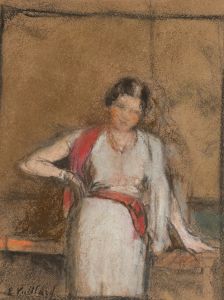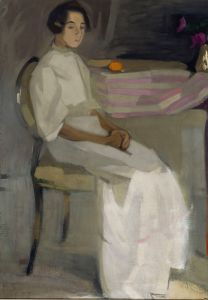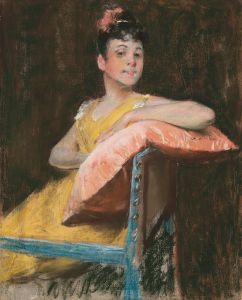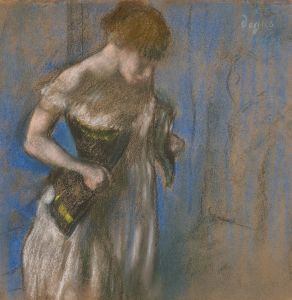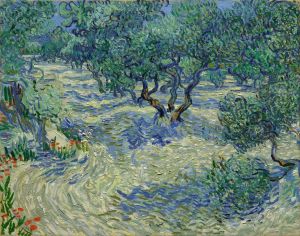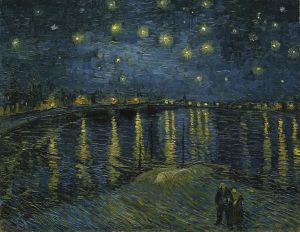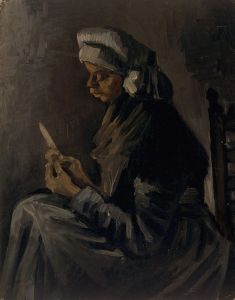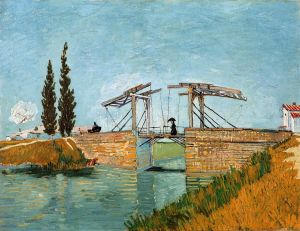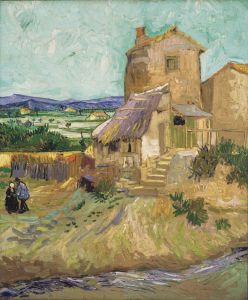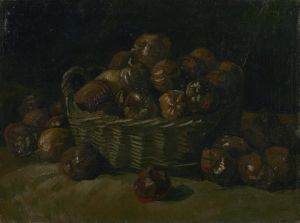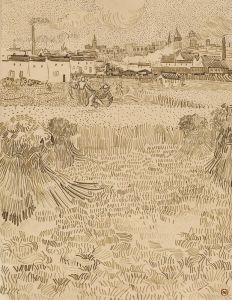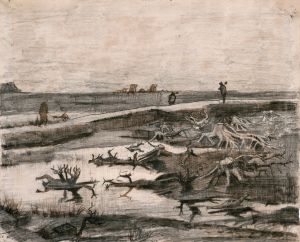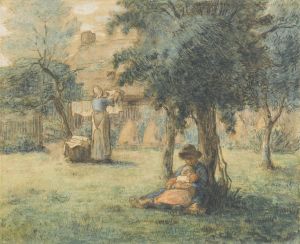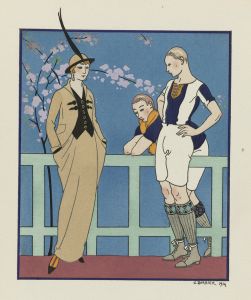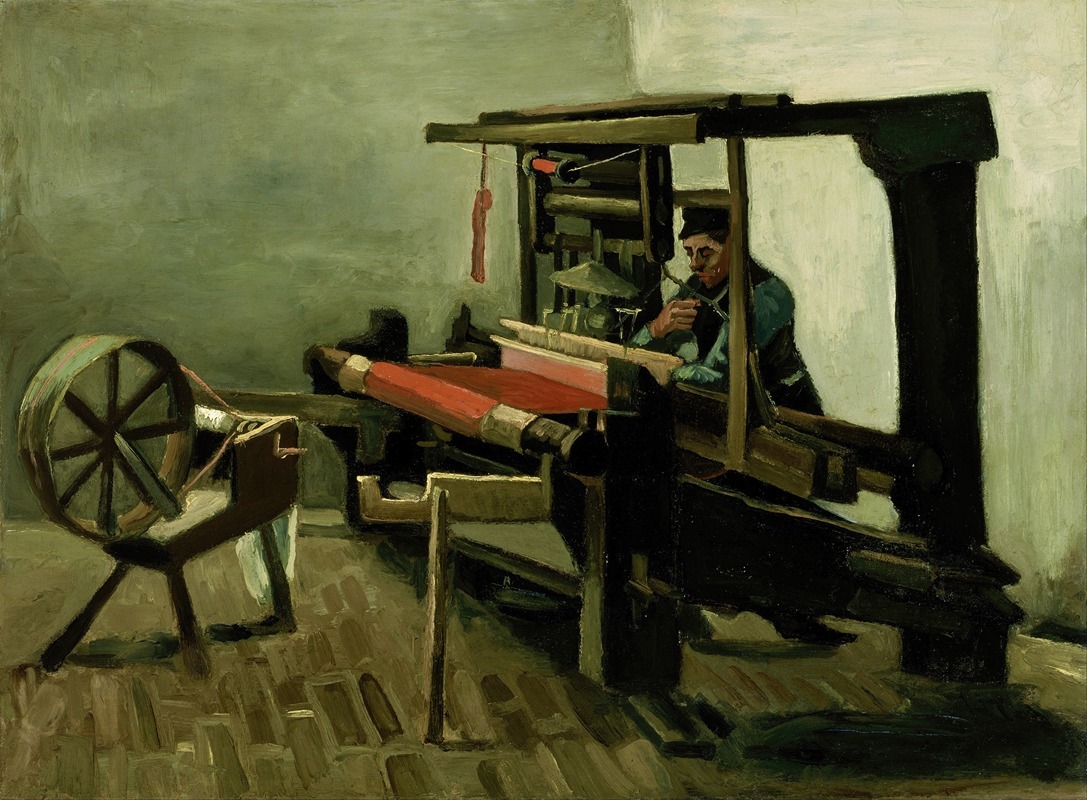
Weaver
A hand-painted replica of Vincent van Gogh’s masterpiece Weaver, meticulously crafted by professional artists to capture the true essence of the original. Each piece is created with museum-quality canvas and rare mineral pigments, carefully painted by experienced artists with delicate brushstrokes and rich, layered colors to perfectly recreate the texture of the original artwork. Unlike machine-printed reproductions, this hand-painted version brings the painting to life, infused with the artist’s emotions and skill in every stroke. Whether for personal collection or home decoration, it instantly elevates the artistic atmosphere of any space.
Vincent van Gogh, a Dutch post-impressionist painter, is renowned for his vivid and emotive use of color and expressive brushwork. Among his extensive body of work, van Gogh produced a series of paintings and drawings focusing on weavers and their looms during his early artistic career. These works were created during his time in the Netherlands, particularly in the early 1880s, when he was deeply influenced by the social realism movement and the plight of the working class.
The painting "Weaver" by Vincent van Gogh is part of this series, which reflects his interest in depicting the lives and labor of ordinary people. During this period, van Gogh was inspired by the works of artists like Jean-François Millet, who was known for his depictions of rural laborers. Van Gogh's weaver paintings are characterized by their somber tones and detailed representation of the weaver's environment, capturing the essence of the weaver's daily life and the intimate relationship between the worker and his craft.
In these works, van Gogh often portrayed the weaver seated at a loom, surrounded by the tools and materials of his trade. The composition typically focuses on the intricate machinery of the loom and the weaver's concentrated posture, emphasizing the skill and dedication required in the weaving process. The subdued color palette and careful attention to detail in these paintings reflect van Gogh's commitment to realism and his desire to convey the dignity and hardship of manual labor.
Van Gogh's interest in weavers and other laborers was not merely artistic but also social. He was deeply concerned with the conditions of the working class and sought to highlight their struggles through his art. This focus on social themes is evident in his letters to his brother Theo, where he often discussed his desire to create art that was both beautiful and meaningful, shedding light on the lives of those who were often overlooked by society.
The "Weaver" series is significant in van Gogh's oeuvre as it marks a period of exploration and development in his artistic style. While these works are less known than his later, more colorful paintings, they provide valuable insight into his early influences and the evolution of his artistic vision. The weaver paintings demonstrate van Gogh's ability to find beauty and depth in everyday subjects, a theme that would continue to resonate throughout his career.
Overall, Vincent van Gogh's "Weaver" paintings are an important part of his artistic legacy, reflecting his commitment to portraying the human condition with empathy and realism. These works offer a glimpse into the early stages of van Gogh's development as an artist and his enduring concern for the lives of ordinary people.





